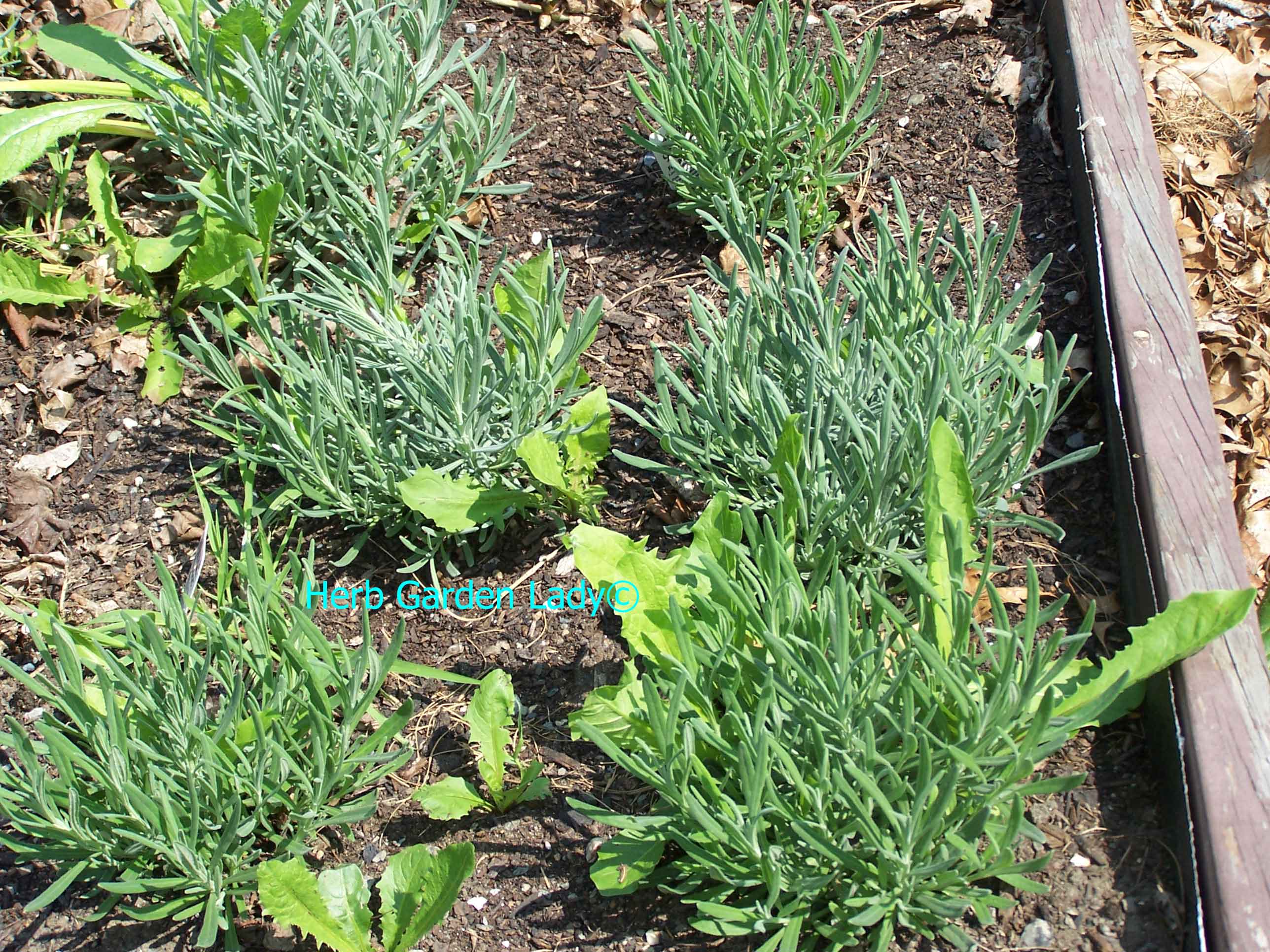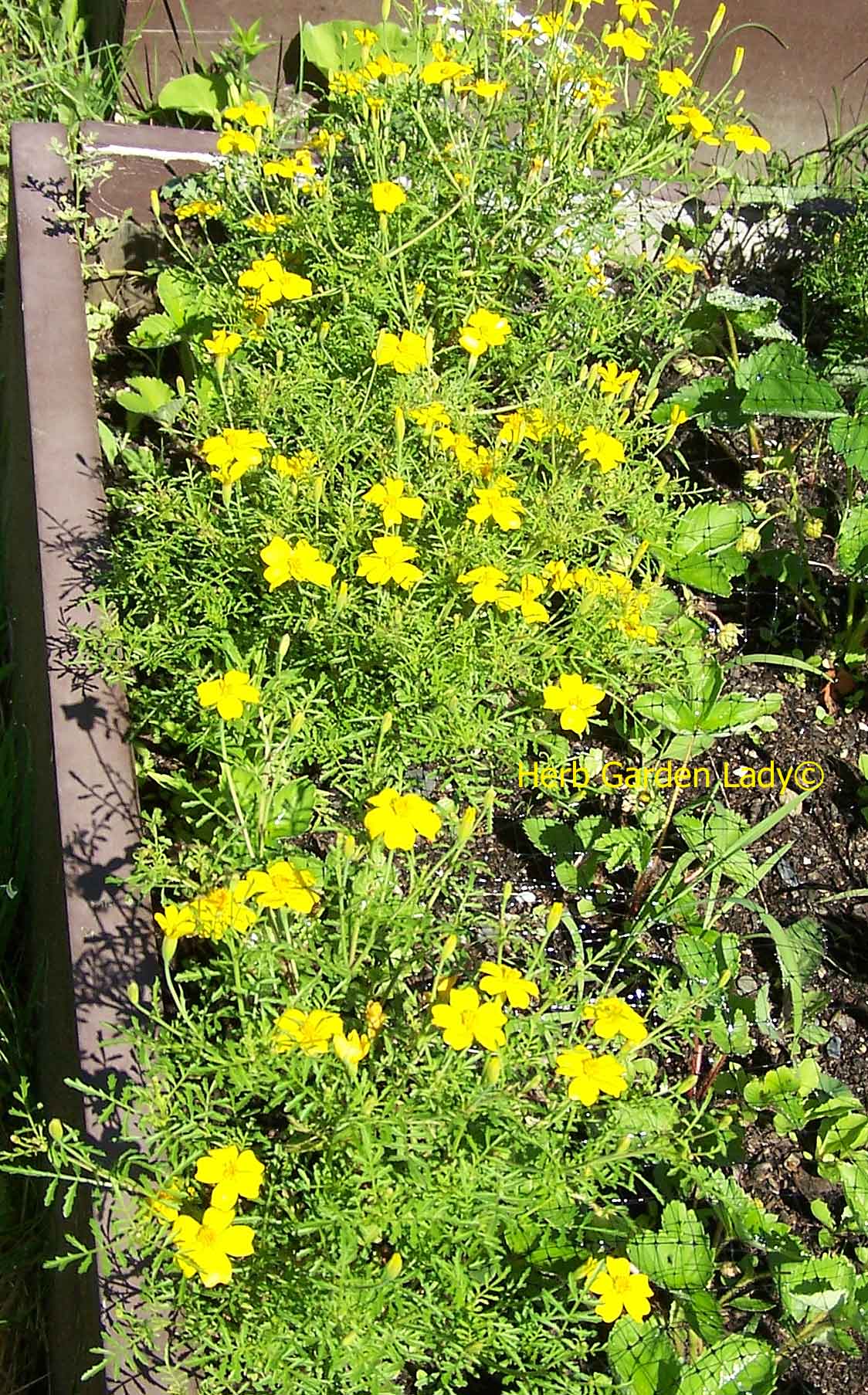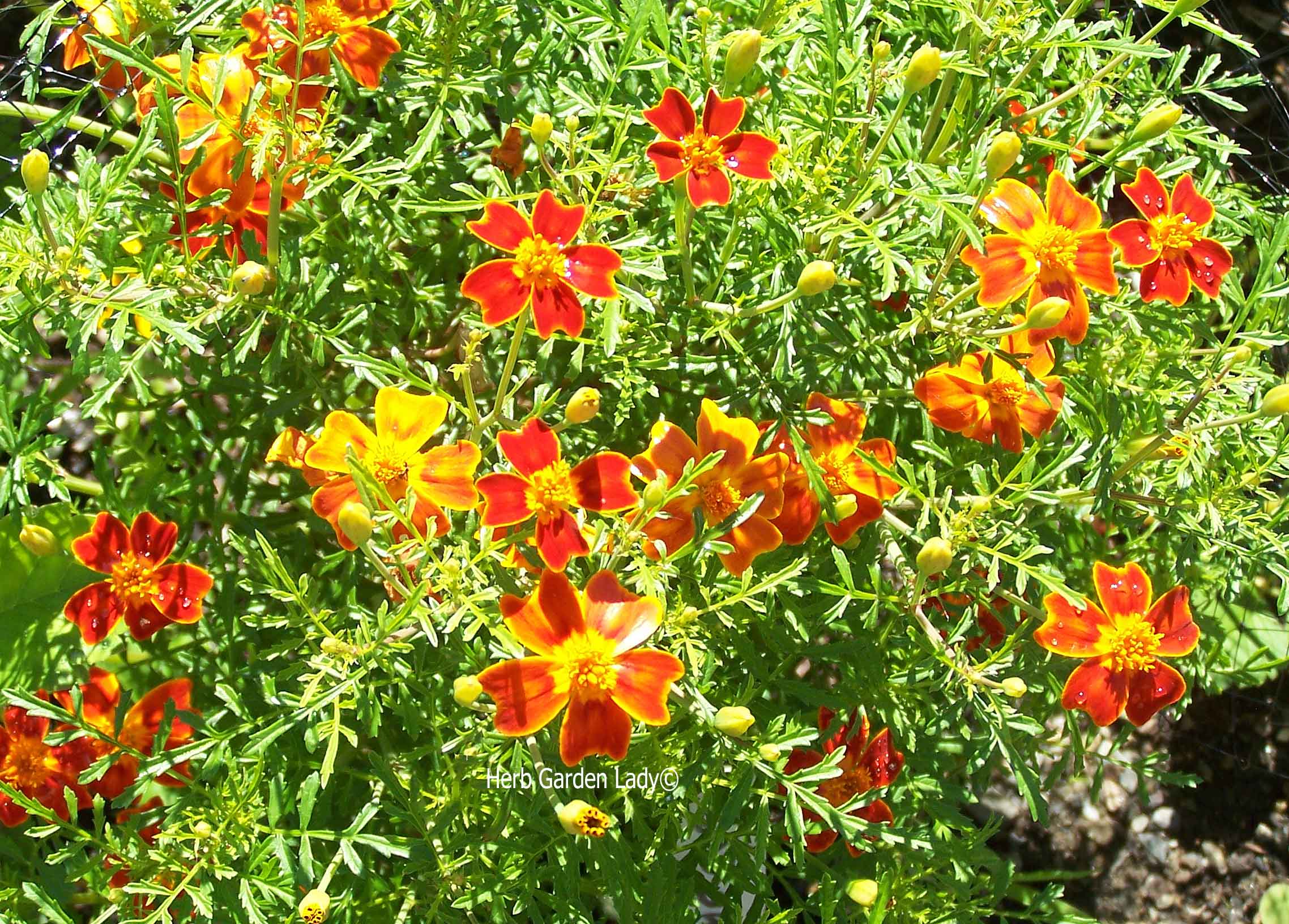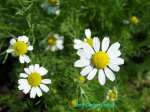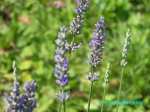Square Foot Gardening
Using Raised Garden Beds
This type of herb gardening can easily be used for your basic herb garden. In
his book, written by Mel Bartholomew, “All New Square Foot Gardening” he
describes an easy way to grow vegetables using the space you have in
your own backyard.
Use these simple steps to start your own herb garden method.
1. Plan your herb garden layout
2. Construct the raised bed boxes
3. Prepare the soil mixture
4. Pick the herbs your want to plant
5. Grow your herbs and reap what you’ve sown
Planning and Constructing for
Square Foot Gardening
Plan your herb garden layout…or use an herb-garden-design for a more detailed plan.
Next, construct you’re raised beds
and consider using hemlock, cedar, or a hard natural wood for a long
lasting raised bed garden box. Refer to his book on the actual
construction of the garden box.
Soil Preparation
Then, you’re ready to prepare your soil mixture specifically for herbs using these organic methods.
• Fertilizer...slow
release like Cottonseed meal or pelleted lime. Bone meal helps roots to
grow stronger and deeper. Natural Kelp Meal from the ocean helps build
the soil structure and lots of earthworms. (My daughter who's three and
half loves to play, wash and talk to the earthworms. A gardener in the
making.)
o Some brands to try are - Espoma, “Herbs Alive” or any local garden center can guide you on what organic brand to buy to help your herb garden grow.
• Compost...organic
and rich in nutrients will provide food for your plants during the
garden season. Ask where it comes from to be sure it is organic.
o
Composted horse or cow manure, decomposed leaves collected in the
fall, or your own compost pile are a few simple suggestions.
What Do Your Want For Herbs?
Next, pick your herbs.
Keep in mind…most delicate herbs will freeze where winters are harsh, like Vermont, when grown in raised garden beds. I have some Tansy, lemon balm, silver tansy, sweet cicely, garlic and others that do not freeze because they are zone 4 and under tolerant.
Some suggestions here will work well because the growing depth has to be considered when planting a square foot garden.
• Basil, Ocimum basilicum - Bushy, small potted plants would work best, but any variety will work.
• Chia, Salvia hispanica - A <b>super grain</b> and what the Aztecs called the “running food”. Omega 3’s, calcium, fiber, iron, vitamin C, and potassium what an amazing energy food and it grow like grass.
• Chives, Allium - This perennial herb is easy to grow.
• See edible herb flowers to eat and enjoy.
• Garlic, Allium species - Low maintenance, easy to grow with little water and sun light. Good for circulation, antibiotic virus protection, blood pressure reducer and lately known as a cancer reducer.
• Lavender, Lavandula angustifolia (L. officinalis or L. spica)- One of the most beautiful herbs with a sweet, tranquil fragrance enjoyed by many. In the winter with the square foot gardening method the roots might freeze so take this into consideration.
• Mints, Mentha - Any low growing, creeping mint would be a great cooks addition to any plate calling for a little freshness.
• Marjoram and Oregano, Origanum species - Marjoram and oregano are easy to grow outdoors with little maintenance.
• Parsley, Petroselinum crispum - Slow to grow from seed, but a great biennial to grow as an annual.
• Rosemary, Rosmarinus officinalis - This herb has a long root system so a double stacked raised bed would work wonderful. Take this herb indoors where the winters are harsh, since the roots will freeze in the square foot gardening method.
There are many more herbs you can plant. Use your imagination and be creative and making it beautiful with flowers for the honeybees.
Now get ready to plant those wonderful herbs and reap what you sow.
